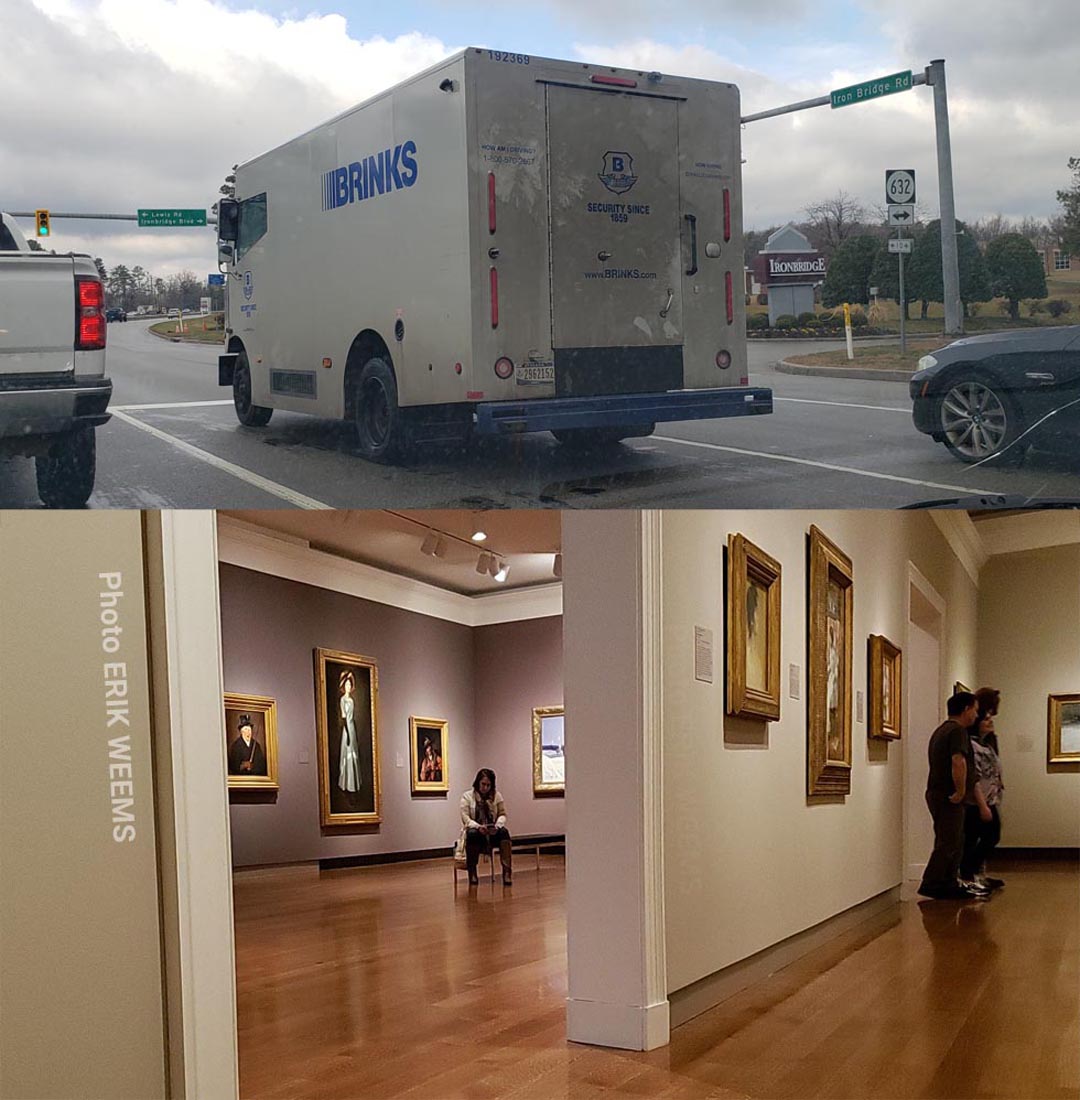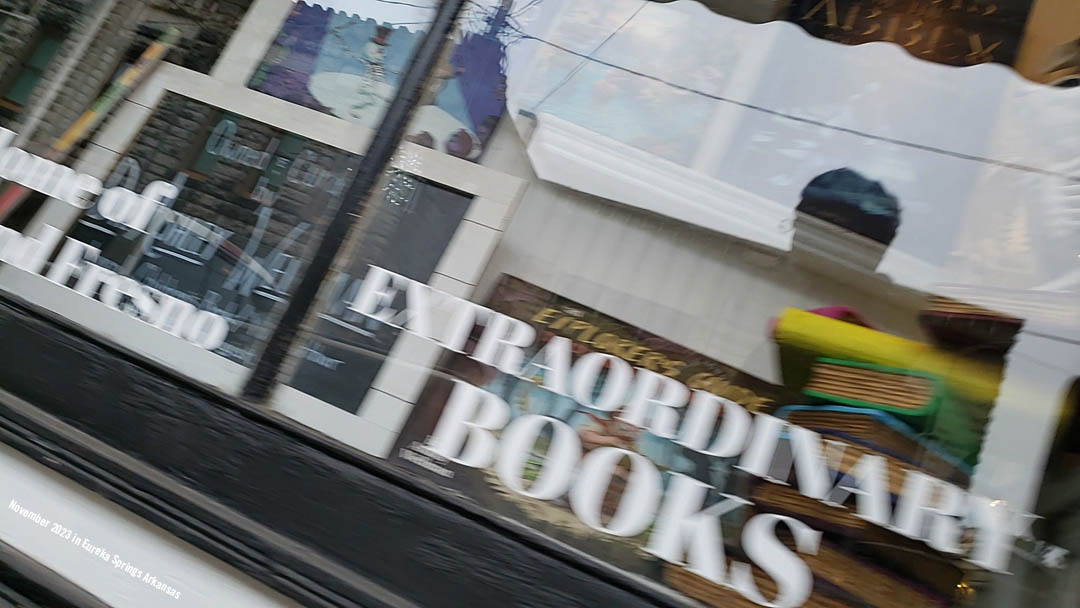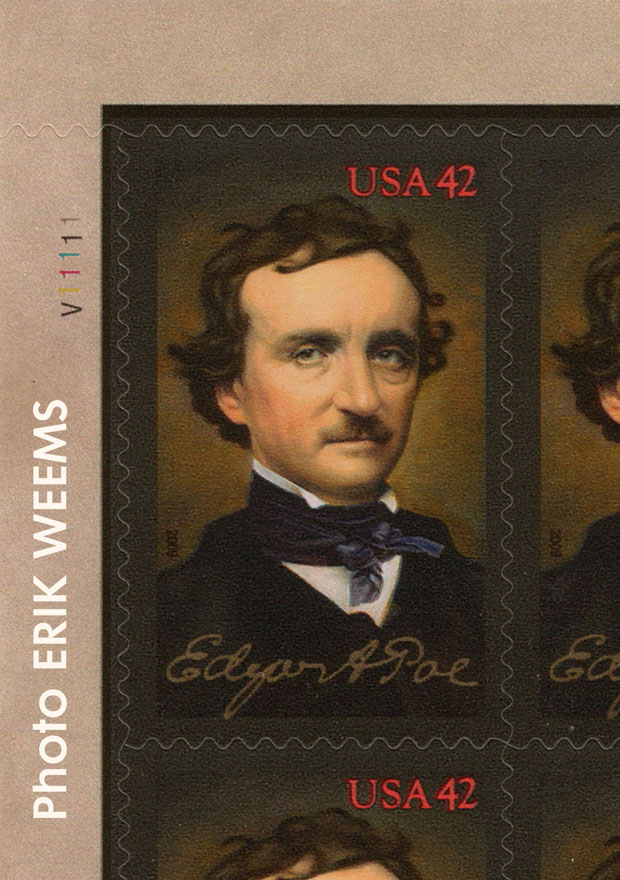Archive Page 6 – Graphic Chatter
News and information culled from the internet
January 2023
MEDIA MECHANICS
"Stray Voltage" or establishing a lightning rod for attention
Story at CBS News [April 16, 2014 ]
...the White House theory of "Stray Voltage." It is the brainchild of former White House Senior Adviser David Plouffe, whose methods loom large long after his departure. The theory goes like this: Controversy sparks attention, attention provokes conversation, and conversation embeds previously unknown or marginalized ideas in the public consciousness. This happens, Plouffe theorizes, even when--and sometimes especially when--the White House appears defensive, besieged, or off-guard...
"Controversy" as a boost of attention in an industry that particularly thrives on it seems hardly novel. But as a mask to draw attention off other events, or to particularly cause focus onto something previously ignored, plays into the concept of a manipulative media (and thru that conduit, manipulation of its audience) but all the while simultaneously being manipulated by organized forces of manipulators "higher up the food chain."
Let no one say: "This reader does not submit to propaganda; first he has such and such ideas and opinions, and then he buys the paper that corresponds to them." Such an argument is simplistic, removed from reality, and based on liberal idealism. In reality, propaganda is at work here, for what is involved is a progression from vague, diffuse opinion on the part of the reader to rigorous, exciting, active expression of that opinion. A feeling or an impression is transformed into a motive for action. Confused thoughts are crystallized. Myths and the reader's conditioned reflexes are reinforced if he reads that paper. All this is characteristic of propaganda. The reader is really subject to propaganda, even though it be propaganda of his choice. Why always fall into the error of seeing in propaganda nothing but a device to change opinions? Propaganda is also a means of reinforcing opinions, of transforming them into action. The reader himself offers his throat to the knife of the propaganda he chooses." - Page 104, Propaganda, The Formation of Men's Attitudes By Jacques Ellul, Paperback edition, 1965 Alfred Knopf.
The Chatter of Birds in my Oak Tree – Video January 26, 2023
Philatelics
Issued 2009-01-16
 Candy in the checkout lane of the Food Lion, Jan 25, 2023
Candy in the checkout lane of the Food Lion, Jan 25, 2023
HEALTH
Ongoing study finds mutations derived from UV light also responsible for damage to DNA and mitochondria
Article [in Greek, use Google translate for English] details how researchers found mutations suggestive of melanoma from use of beauty parlor UV light bulbs. The bulbs used for some types of manicures also resulted in mutations in human cells that may increase the risk of skin cancer – original article in Greek at in.gr
REFRIGERATOR HEAVEN
The Big Freeze
January 12, 1967 – American psychology professor James Bedford was the first person to be cryogenically frozen. He was aged 73 at the time and suffering from kidney cancer which had metastasized into his lungs. His body was stored in several places using liquid nitrogen for the most part, and is currently at the Alcor Life Extension Foundation in Scottsdale, Arizona, USA.
Story about this at Ethnos [Greek]
ART
The world frozen? Or the world in past, present and future, simultaneously?
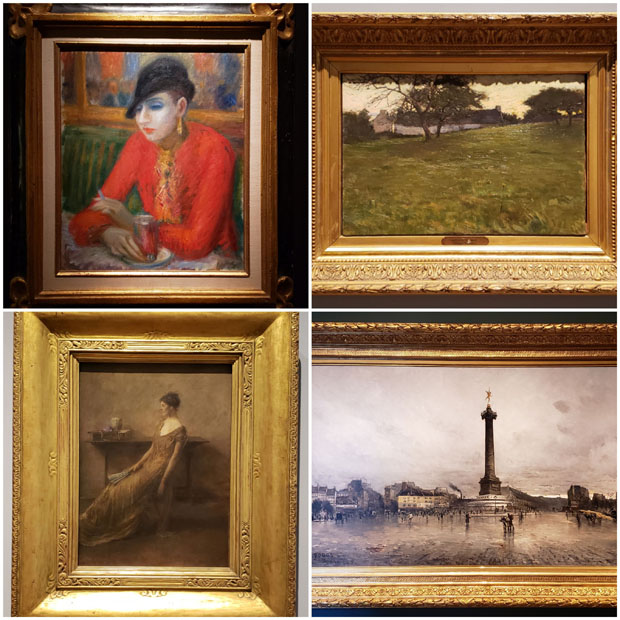
Painting is there all at once. When I read a book, listen to music, or go to a movie, I experience these works over time. A novel, a symphony, a film are meaningful only as a sequence of words, notes, and frames. Hours may pass but a painting will not gain or lose any part of itself. It has no beginning, no middle, and no end. I love painting because in its immutable stillness it seems to exist outside time in a way no other art can. The longer I live the more I would like to put the world in suspension and grip the present before it's eaten by the next second and becomes the past. A painting creates an illusion of an eternal present, a place where my eyes can rest as if the clock has magically stopped ticking.
The history of painting is, by and large, the story of a thing as flat as a tabletop. In representational works, this means that a thing or figure one recognizes from our world – a world that includes fictional beings, monsters and fairies – has been translated into a visual sign that is two-dimensional rather than three.
Hustvedt's words could also apply to photography or other fixed single image forms, but (as she examines in her book) painting best matches what she defines as the relationship of the viewer to the meaning of what is in the painting and in particular the relationship of time to the viewer.
The chapter on Goya is particularly good, Hustved observes the small changes (and big ones) that Goya made between original preliminary conceptions of his series The Carpichos and how the final state in the etchings differ. She also offers her analysis of something that has puzzled Goya scholars for hundreds of years: what is the actual demarcation within the Caprichos set between its "two worlds," one apparently a reality and another a dreamlike state where phantasy and distortion takes on a prominence that is both subtle and "in your face."
The inevitable Amazon link to the book Mysteries of the Rectangle, Essays on Painting, by Siri Hustvedt.
Philatelics
Issued 1975-03-24
Public Domain / Copyright
Some of the works that have fallen into Public Domain in 2023:
Metropolis - the 1927 Sci-fi film that created the visual template for futuristic cities and especially robots that's been heavily borrowed from ever since. Directed by Fritz Lang.
Sherlock Holmes - The last of the Arthur Conan Doyle Sherlock Holmes books "The Case-Book of Sherlock Holmes" came out in 1927, so all the original Holmes stories are now Public Domain.
The Al Jolson film The Jazz Singer, the "first talkie," came out in 1927.
Virginia Woolf's book To The Lighthouse is now in public domain.
Walt Disney's Oswald the Rabbit, a precursor to Mickey Mouse, appeared in 1927's Trolley Troubles. Oswald dropping into public domain means Mickey himself is one year closer to also dropping into public domain (unless the US Congress rescues the Disney Corp. again, as happened in 1976 legislation which extended Disney copyrights which were in danger of lapsing. Such an event seems highly unlikely in 2024.)
The first Hardy Boys mystery novel The Tower Treasure, has slid into public domain.
“The Best Things in Life Are Free” song by George Gard De Sylva, Lew Brown and Ray Henderson is now public domain.
Public Domain / Copyright
The creative works sliding into public domain 2023
Classic songs, stories and Sherlock Holmes go into Public Domain – PBS
"Shady legal shenanigans mean it’s a little overdue" – UK Guardian
Sherlock Holmes now public domain – ABC News
Public domain source list: Graphicchatter
Being careful of copyright infringement
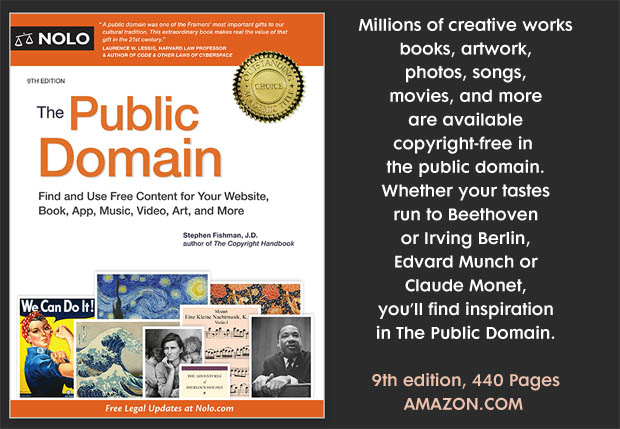
Your purchase of this book at Amazon could mean a commission paid to this web site
Philatelics
"Mind-blowing UAE coins and stamp collection" – Khaleej Times


Original page March 2023

